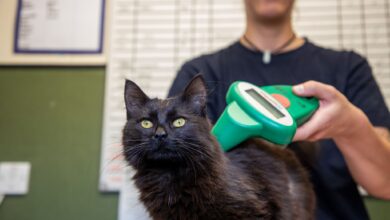British Bulldogs at high risk of skin disease and obesity

Ownership of the iconic British Bulldog has doubled but the breed is particularly prone to ear infections, skin infections and obesity, according to the largest ever study of British Bulldogs treated in first opinion veterinary practices.







